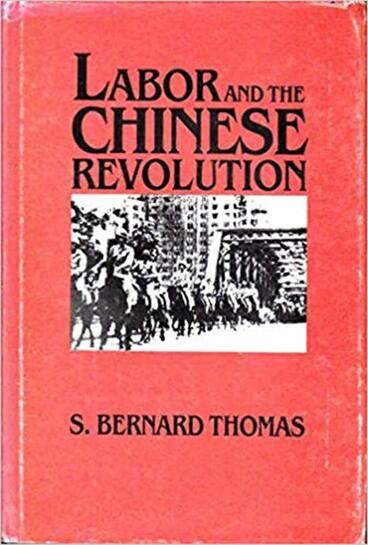Labor and the Chinese Revolution
Class Strategies and Contradictions of Chinese Communism, 1928–1948
A definitive chronological study of labor’s role in the revolution, drawing upon a wide range of Chinese and Western sources
Description
In the two-decade period from 1928 to 1948, the proletarian themes and issues underlying the Chinese Communist Party’s ideological utterances were shrouded in rhetoric designed, perhaps, as much to disguise as to chart actual class strategies. Rhetoric notwithstanding, a careful analysis of such pronouncements is vitally important in following and evaluating the party’s changing lines during this key revolutionary period. The function of the “proletariat” in the complex of policy issues and leadership struggles which developed under the precarious circumstances of those years had an importance out of all proportion to labor’s relatively minor role in the post-1927 Communist led revolution. [1, 2]
S. Bernard Thomas is Professor Emeritus of History at Oakland University.

